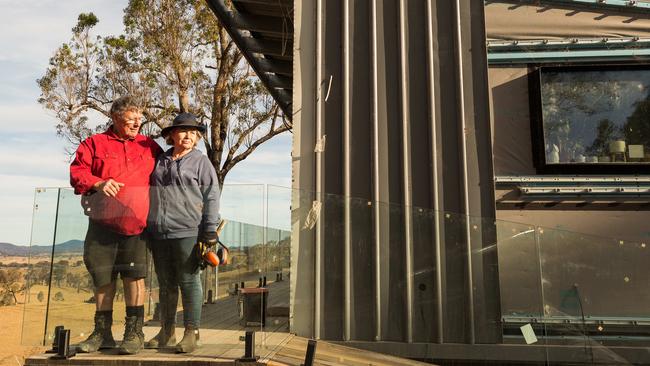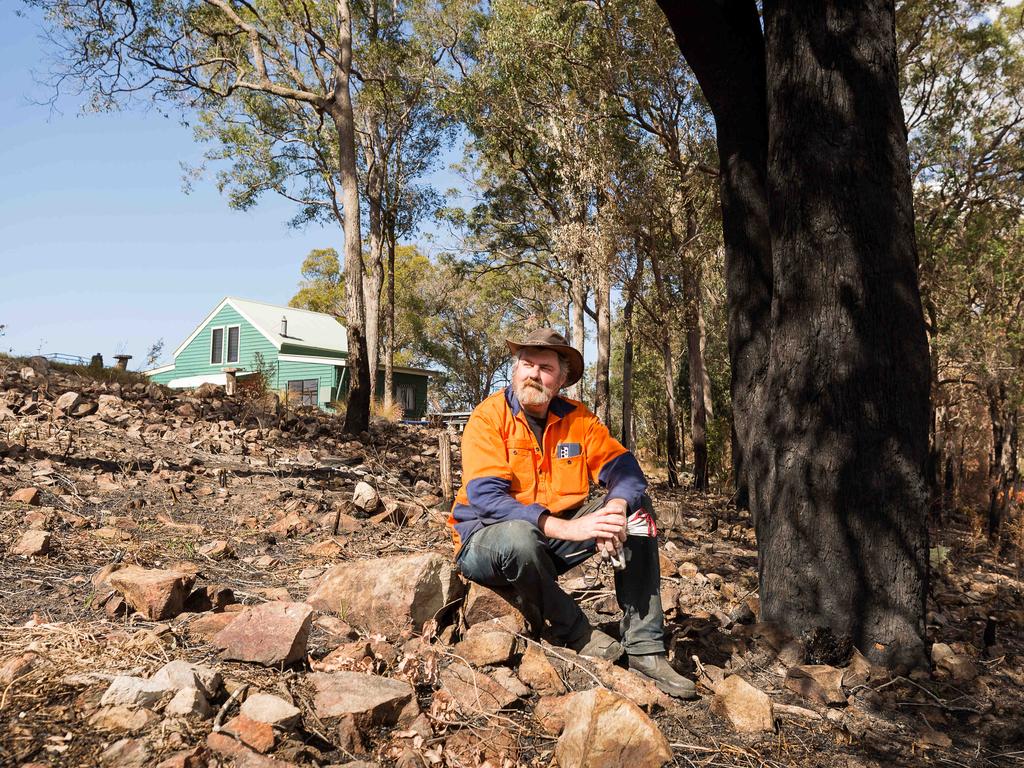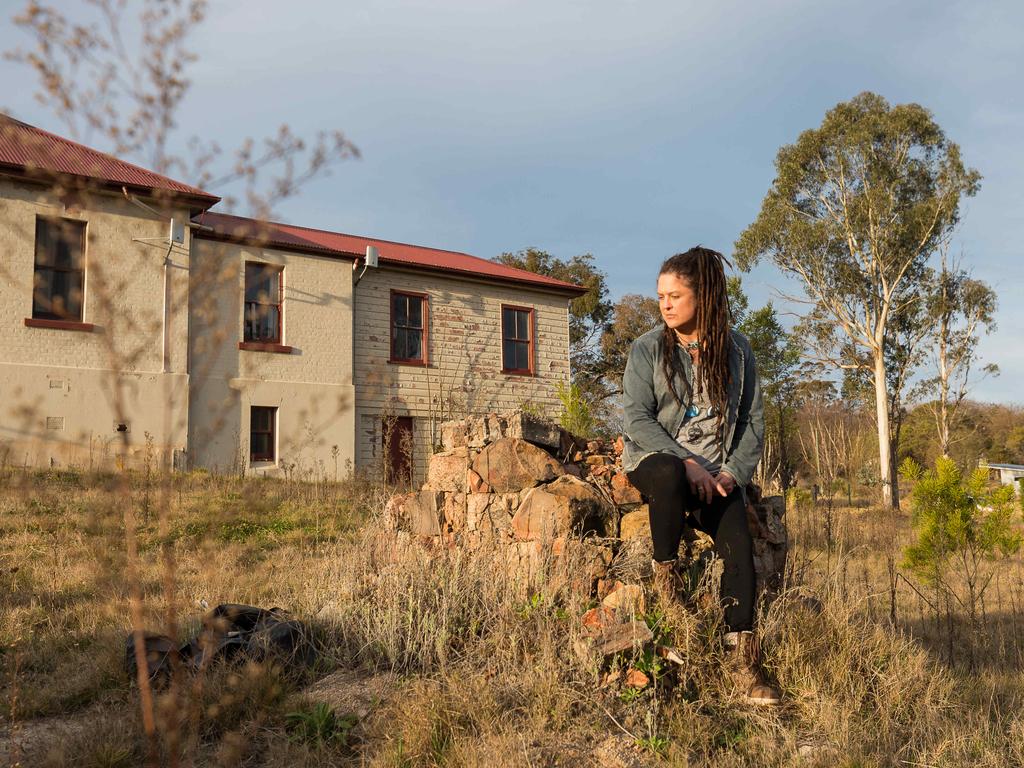NSW bushfire rebuild stymied by red tape and bureaucracy amid soaring construction costs
Graeme Freedman and his wife Robyn are still living in a shed as red tape, council delays and soaring construction costs stymie the bushfire recovery rebuild three years on from Black Saturday.

Bureaucracy, processing delays, staff shortages and soaring costs have stymied the bushfire recovery rebuild, with Black Saturday victims forced to live in sheds and temporary accommodation.
Industry figures said the price of building in fire-prone zones had increased by about 40 per cent since 2018, with ballooning construction costs eroding the value of reconstruction grants, forcing the NSW government to redirect a third round of bushfire relief funding to existing projects.
Graeme Freedman and his wife Robyn are still living in a shed in Wandella, about 400km south of Sydney, more than 3½ years after fires razed their property on New Year’s Eve.
Mr Freedman said their home was assessed as not in a fire zone when they bought it in 2016. Now it is, which he said would increase the cost of the rebuild by between 20 and 30 per cent on top of already soaring supply costs and a dearth of contractors. “The markets have been such a disaster after the fires,” he said. “The delays, Covid [and] so many of them [builders] have gone bankrupt.”
About 847 houses were lost across the Bega Valley and Eurobodalla shires during the Black Summer bushfires in 2019 and 2020.
The Bega Valley Shire council has hired additional contract staff to process a backlog of development applications for bushfire rebuilds and general developments.
Director of planning Emily Harrison said a shortage of skilled workers, including town planners and development engineers, had also contributed to blowouts in assessment times for development applications, construction certificates, building inspections, and occupation and subdivision certificates.
A Eurobodalla Shire spokesman said 381 of 430 development applications for bushfire rebuilds, which were being prioritised by the council, had been approved.
Blue Eco Homes owner Joe Mercercia has been making homes more fire resistant since the fire rating system was introduced about 20 years ago.
He said the cost of building in a fire zone had increased by about 40 per cent in five years.
He added that cost increases were being driven by the need to make homes fire resistant, which included upgrading windows, fire rating the roof and floor, and not using combustible materials.
Standards Australia general manager Adam Stingemore said residents in bushfire zones should also be prepared to pay higher insurance premiums and property maintenance costs.
Cobargo Bushfire Resilience Centre vice-chair Rhonda Ayliffe said the community organisation was still months away from actually starting construction after 3½ years of grant processes and bureaucratic delays by all tiers of government.
Ms Ayliffe said the grant application process eroded community cohesion by pitting different groups against each other, and said the experience had been more traumatising than the firestorm that hit Cobargo.
“It’s been a lot of red tape [and] a lot of it has been caused by the grant application process,” she said.
“The [Bushfire Local Economic Recovery Fund] is a particularly gruesome thing to put any community through.”
A spokeswoman for the NSW Regional Department said the state government and federal government in October last year agreed to redirect funding set aside under stage three of the Bushfire Local Economic Recovery Fund to existing projects due to rising costs across the construction sector.
“The Department of Regional NSW is working with BLER grant recipients to monitor and manage project costs with support to rescope projects where required,” she said.
“At the present time, no Bushfire Local Economic Recovery Fund projects have been formally discontinued.”
Planning Minister Paul Scully said DA wait times had doubled under the former state Coalition government and the average applicant was waiting 116 days in March 2023.
Property Council of Australia NSW executive director Katie Stevenson said the pandemic, soaring construction costs and labour shortages had delayed development across the sector.






To join the conversation, please log in. Don't have an account? Register
Join the conversation, you are commenting as Logout